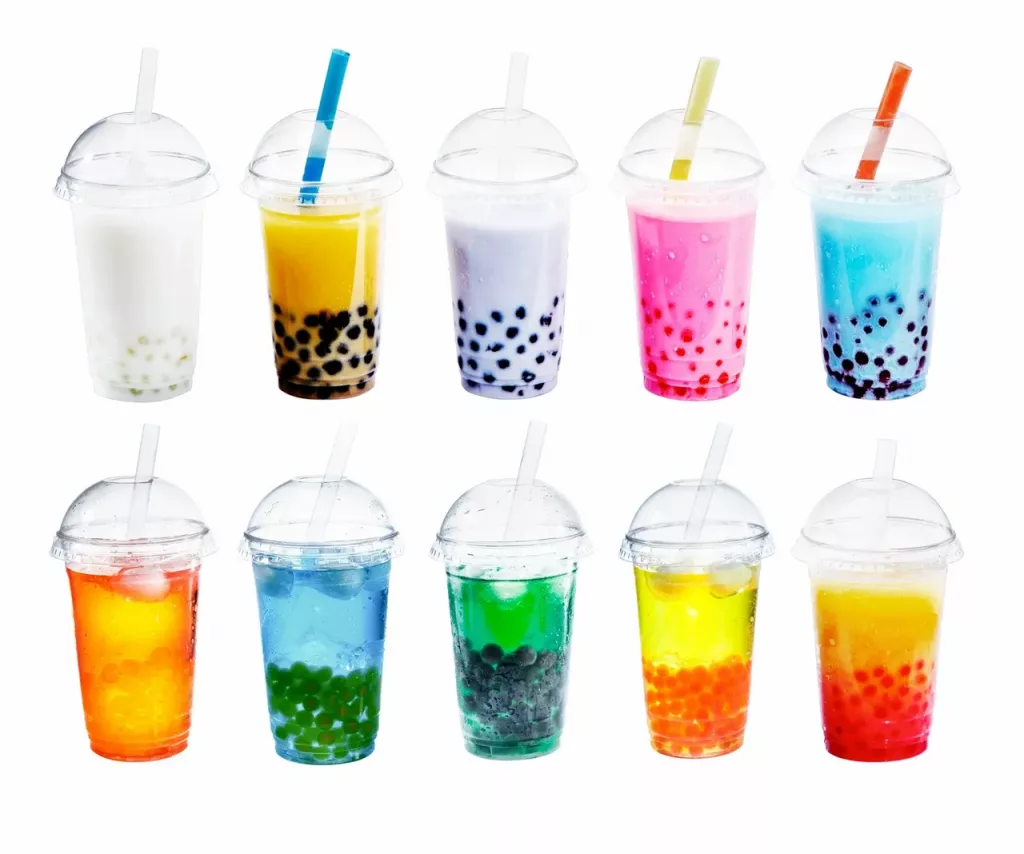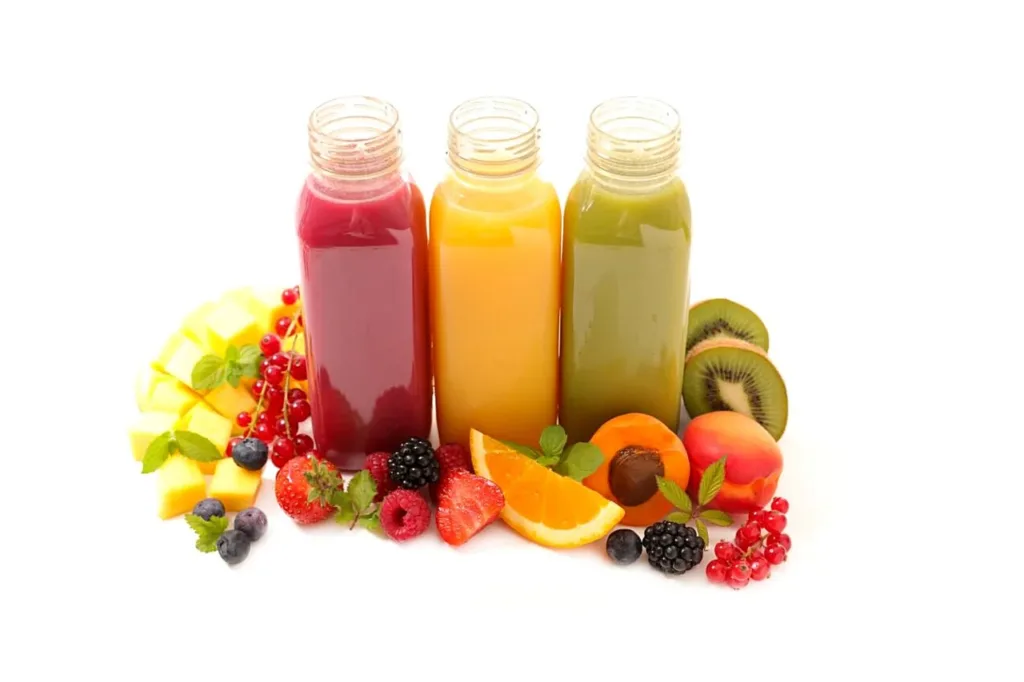
The Food & Beverage sector attracts many eager start-up founders. And I’ve found that many like to think that they can launch their new brand on a shoestring budget.
However, every business needs money to start and, believe me, the Food & Drink industry can suck up a lot more cash than many other sectors that entrepreneurs consider entering.
Very often start-up founders don’t predict the time, energy and more importantly, money that will be needed to bring a food or beverage product to life. There are plenty of ‘consultants’ out there ready to take your money no matter what your chances of success are. However, at Brand Relations we need to be convinced of a few important points before we get started:
- What chance has your idea of success?
- Have you the funds to take this all the way through to market?
- Can you afford to lose that money if, for any reason, it fails?
If you have the funds, are ready to go ahead and committed to following through, do your research to build your knowledge of the market and the industry, and seek professional help.
Let’s look at what you’ll need for your start-up and the costs.
Getting your recipe developed
Whatever you have made in the kitchen will be unlikely to transfer to the factory for mass production. So, you must find a recipe developer to translate your mix into a simple recipe that can be mass produced.
There are several elements you also need to take into consideration, including the nutritional information that will be required on the packaging, and the legality of the ingredients. Not all ingredients are allowed to be used. To understand this, you need to digest the Novel Foods regulations and know the health and taxation issues around sugar levels. Your recipe developer can help you with all of this.
Remember customers buy for health and return for taste, so it’s very important you get the best taste possible. Also, avoid preservatives – today’s consumer prefers not to have these anymore.
Choosing your packaging
Deciding on the packaging is crucial. Options include: Glass, Tetra Pak, PET (plastic) or Cans.
Glass is cheap to produce as it can be filled in small runs and can cope with high temperatures of pasteurisation. But there are issues. For example, glass is great until a wholesaler turns you down due to the weight of cases. It also doesn’t cope well with mail order, which of course have grown massively in the last year.
Tetra Pak. The advantage of this packaging is that it comes in a variety of shapes and sizes, but the downside is that it is VERY expensive for start-ups due to the minimum run being 100,000 units per flavour.
There are three types of PET (plastic) packaging, Hot fill, Aseptic and HPP (High Pressure Processing) which have different characteristics and costs. However, PET has lost popularity since the campaign against single-use plastic packaging. Many buyers will no longer stock anything other than recyclable packaging.
Cans. With 75% of the world’s aluminium now being recyclable, cans are the most popular format of packaging on the market. They are available in a variety of sizes and with can be filled in runs as low as 1000ltrs. Filling blank cans will keep the overall cost down, with labels added at a later date. Being easier to transport and with a two-year shelf life they’re the least wasteful of all the packaging options.
Brand messaging
When it comes to communicating your drink to your target consumer, avoid cutting corners. There is a big difference between a designer with technical skills, and a brand consultant who can speak to your target market through the messaging on the drink’s packaging design. While it may seem a good idea to utilise a friend or family member to bring your design to life, it will likely only end up costing you extra time and money in the long run. This could have been avoided by using someone with the requisite knowledge in the first place. The most expensive word in this industry is education, so your branding absolutely must be able to educate your target market quickly, simply, and clearly. A beautiful eye-catching design is pointless if it doesn’t tell you consumer what s/he needs to know.
It is key to work with a professional branding company that understands the Food & Drink industry if you are to maximise your chances of success. I cannot stress enough that effective branding is not just about a fancy logo splashed all over the packaging. For a new brand, the name or logo means nothing to a consumer until it is fully established with years of business success behind it.
Your product must clearly and simply showcase its point of difference and its advantages over the competition. This is much more important than your logo. So, focus on what you want to tell your target consumer, not on the design you think is attractive.
DO NOT cut corners here as 90% of a first sale is the branding. If this isn’t right you can have the best tasting product in the World, but no one will pick it up off the shelf, so no one will ever know.
Website development and your marketing materials
Many F&B start-ups forget to budget for this, yet it is both essential and costly. And getting professional help will make a real difference.
Getting your website right is important as it is your shop window to the world. In your product’s early days, it is used mainly as a showcase to trade buyers looking into your brand, but once you launch to consumers it will also need to be your online shop. It is an important tool that will help generate online sales and explain to customers why they should buy into your brand.
In addition, you’ll need to budget for sample boxes and other marketing material. Everything adds up so allow a little more to cover the unexpected.
You’ll also need to budget for PR, Social Media and possibly online advertising too.
So how much will all this cost?
Recipe development, packaging, branding, website and marketing to take you to the launch will easily cost you in excess of £35,000. Once you launch then there will be additional costs to consider and don’t be fooled into thinking sales will fund these – in the short-term that is very unlikely, especially as many wholesalers have long payment terms.
If you don’t have, or can’t afford to lose, at least £35k, then my recommendation would be to spend your money elsewhere.
Entrepreneurs need to be aware that launching a new food product or drink is a long, slow journey. The successful brands you see didn’t have instant high growth.
As an entrepreneur myself I didn’t draw a salary for five year when l launched my brand – even through it was selling well across the globe. Money was ploughed into marketing which paid off handsomely when I sold the brand. So, budget carefully, get the professional advice you need and be ready for additional costs as you progress. Do everything to give your brand the best chance of success.
ABOUT THE AUTHOR
Richard Horwell is the owner of Brand Relations, a specialist food and drink marketing and branding company based in London. Over the last 13 years, Brand Relations has been behind the launch and development of over 100 brands in the UK. Richard has also built up and sold companies of his own in the Food and Beverage sector. He has over 30 years’ experience in marketing FMCG brands around the world, having lived and worked in the UK, USA, Australia and the Middle East.
https://www.linkedin.com/company/brand-relations-ltd/
https://www.instagram.com/brandrelations/
https://www.facebook.com/brandrelationsltdhttps://twitter.com/brandrelations_
- lisafoundersitehttps://thesuccessfulfounder.com/author/lisafoundersite/
- lisafoundersitehttps://thesuccessfulfounder.com/author/lisafoundersite/
- lisafoundersitehttps://thesuccessfulfounder.com/author/lisafoundersite/
- lisafoundersitehttps://thesuccessfulfounder.com/author/lisafoundersite/



